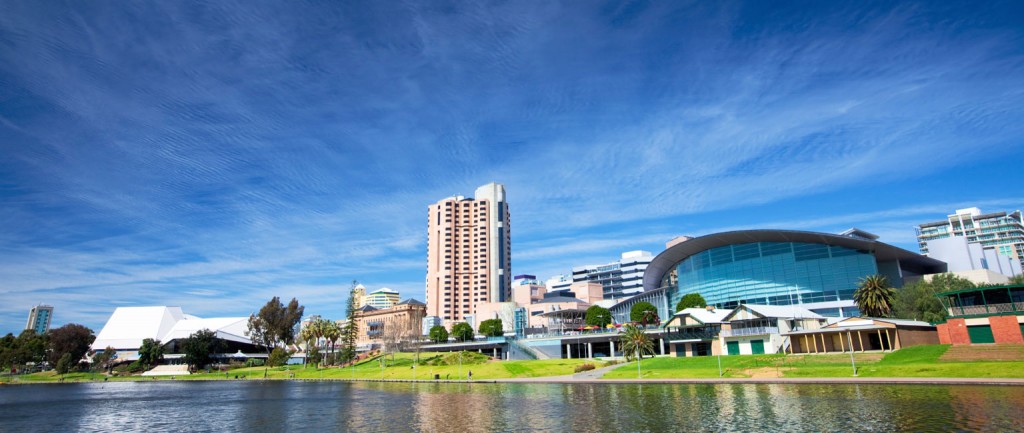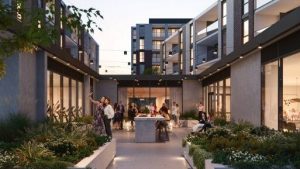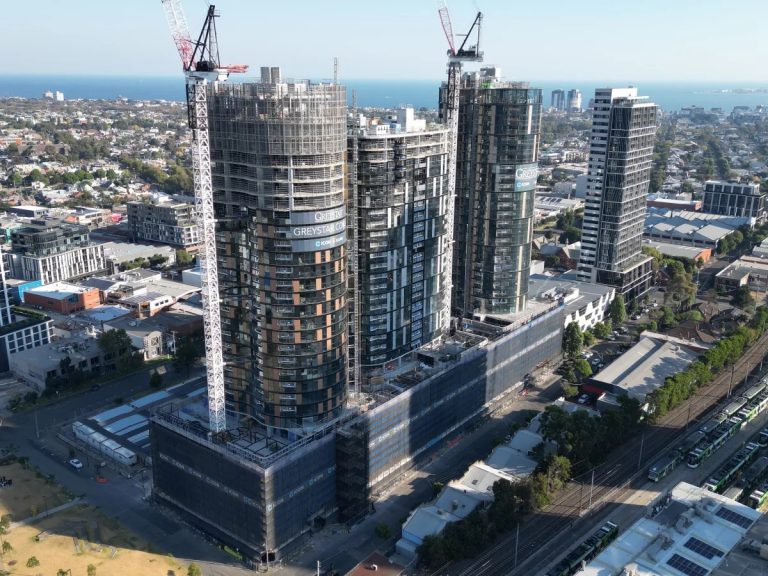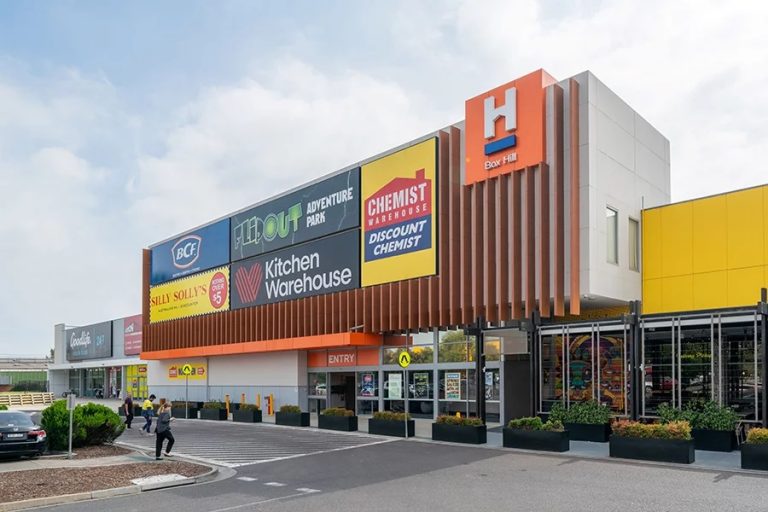Adelaide – southern comfort for property investors?

Paul Thornhill takes a look at Adelaide commercial property and finds lower price points can be leveraged by the shrewd portfolio manager.
Adelaide has been battling its challenges of late, but for investors focused on prudent asset selection, the City of Churches can prove a profitable destination.
The fall in business confidence and a weakened car manufacturing sector have seen unemployment rise from the best rate on the mainland to the worst in just four years. South Australia also typically records lower population and GDP growth than other mainland capitals, but it retains many positives for investors.
First amongst these are the quality of the workforce and ease of mobility, facts highlighted by the Economist Intelligence Unit, which ranked Adelaide the fifth most liveable city in the world.

Capital growth for Adelaide commercial property has been slower over the last few years, but the trick to finding value here is to look through the cycle rather than trying to ride it. The city’s relatively small size allows investors to find prime assets at lower price points than other major cities.
Jamie Guerra, Managing Director of Jones Lang LaSalle South Australia, makes a point of this, telling RealCommercial that the Adelaide market has different characteristics, “We tend to see the bigger cities like Sydney charge away during a boom, but Adelaide is a more defensive, balanced play and we see investors drawn in as the value of quality assets becomes compelling.”
“Private syndicates and institutions are comfortable with the better yields we see here and the fact they can find a prime CBD asset in the $80 million – $120 million range. We recently acted for a client to secure a well-positioned, refurbished CBD office building for $87 million with a yield of 8.6%. A CBD asset of this quality would simply be unattainable at that price in the East Coast markets,” he said.
“We have seen new commitments to CBD offices and for retail in the Rundle Mall, which is creating backfill challenges. We’re also seeing investors active in the market and capital values starting to rise, even as vacancies and incentives trend upwards. But I see the premium end of the market as still a little underdone.”
Guerra also highlights the substantial investment in road infrastructure in 2006-07 which has the potential to transform industrial estates across the northern suburbs.
“This is playing out much like the NSW’s expansion of its orbital road network 10 years ago. While the initial response here was hampered by the GFC, we see good prospects for logistics-focused properties.”
The current news is not so bright in manufacturing-centred estates like Edinburgh Parks, hampered by the slowdown at Holden and auto parts makers. Some of these empty facilities were hidden in the sub-lease market but are now being exposed in the direct vacancy figures.
But countering the pain in some sectors are the real cost advantages for conducting business in SA. This bodes well for Adelaide as major tenants focusing relentlessly on property costs could be drawn across the Murray, in the same way as southern US cities lured corporates out of expensive markets like New York and Chicago.
For commercial property investors, that makes Adelaide a different, more focused city to investigate, with the worthwhile deals focused heavily in the prime part of the market.







